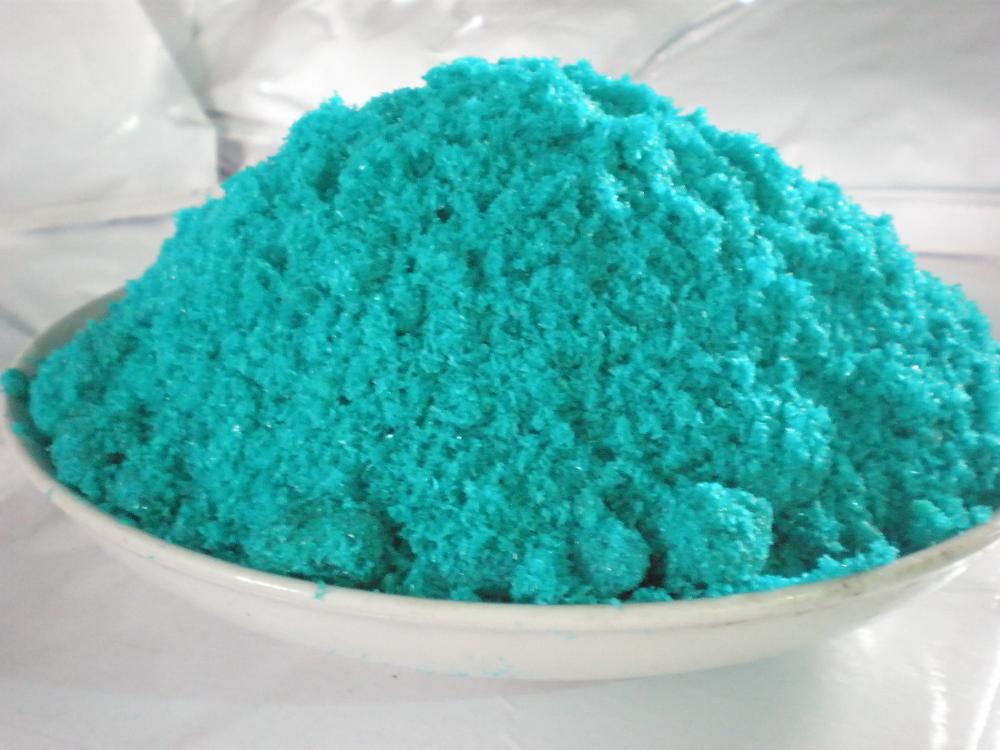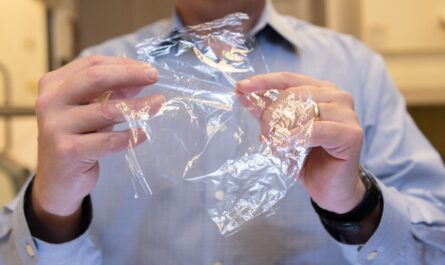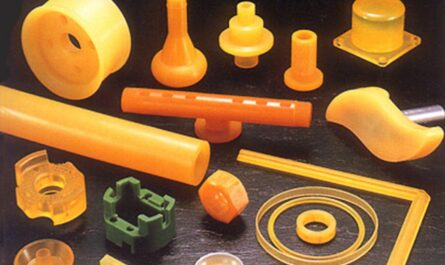Cupric chloride, also known as copper(II) chloride, is an inorganic compound with chemical formula CuCl2. It is a colorful crystalline compound that finds applications in many industries due to its versatile properties.
Physical and Chemical Properties
Cupric chloride crystallizes in the form of blue crystals that are hygroscopic, meaning they readily absorb moisture from air. It has a melting point of 290°C and decomposes at higher temperatures to produce copper and chlorine gases. In solution, it dissociates into copper and chloride ions.
Its aqueous solutions are acidic due to hydrolysis reaction producing hydrochloric acid and copper hydroxide.
Cupric Chloride reacts with water to undergo substitution and disproportionation reactions. It reacts with metals above it in the reactivity series to displace chloride ions. These properties make it useful for qualitative analysis of ions in inorganic chemistry.
Applications
Due to its acidic nature, Cupric Chloride finds extensive applications as a leaching and etching agent. It is used for leaching of uranium from ores, removal of tin from scrap and recycling of copper from printed circuit boards. In textile industry, it is employed for mercerization of cotton fabric before dyeing.
As a Lewis acid, it acts as a catalyst in organic synthesis for Friedel-Crafts alkylation, acylation, chlorination and hydration reactions. In analytical chemistry, it is used as a qualitative test for identifying halide ions, thiocyanate and cyanide ions. Cupric chloride solution is used as a disinfectant, fungicide and algaecide agent due to its biocidal properties.
Production
Commercially, cupric chloride is produced by the reaction of copper with chlorine gas. Metallic copper reacts with chlorine as per the following reaction:
The reaction is carried out in a ball mill by passing chlorine gas through it along with copper turnings or powder at 300-400°C temperature. The powdered cupric chloride obtained is purified by recrystallization from water. It can also be prepared by heating copper metal in concentrated hydrochloric acid solution.
Safety and Handling
As cupric chloride is hygroscopic, it readily picks up moisture from air. Therefore, it needs to be stored in well-sealed containers in a dry place. Its contact with skin and eyes should be avoided as it causes irritation. Ingestion of its solution may cause nausea, vomiting and diarrhea. Proper protective equipment like gloves, goggles should be used while handling it. Spills should be cleaned up immediately with damp cloth. Its permissible exposure limit is 1 mg/m3 as time weighted average.
*Note:
1. Source: Coherent Market Insights, Public sources, Desk research
2. We have leveraged AI tools to mine information and compile it


